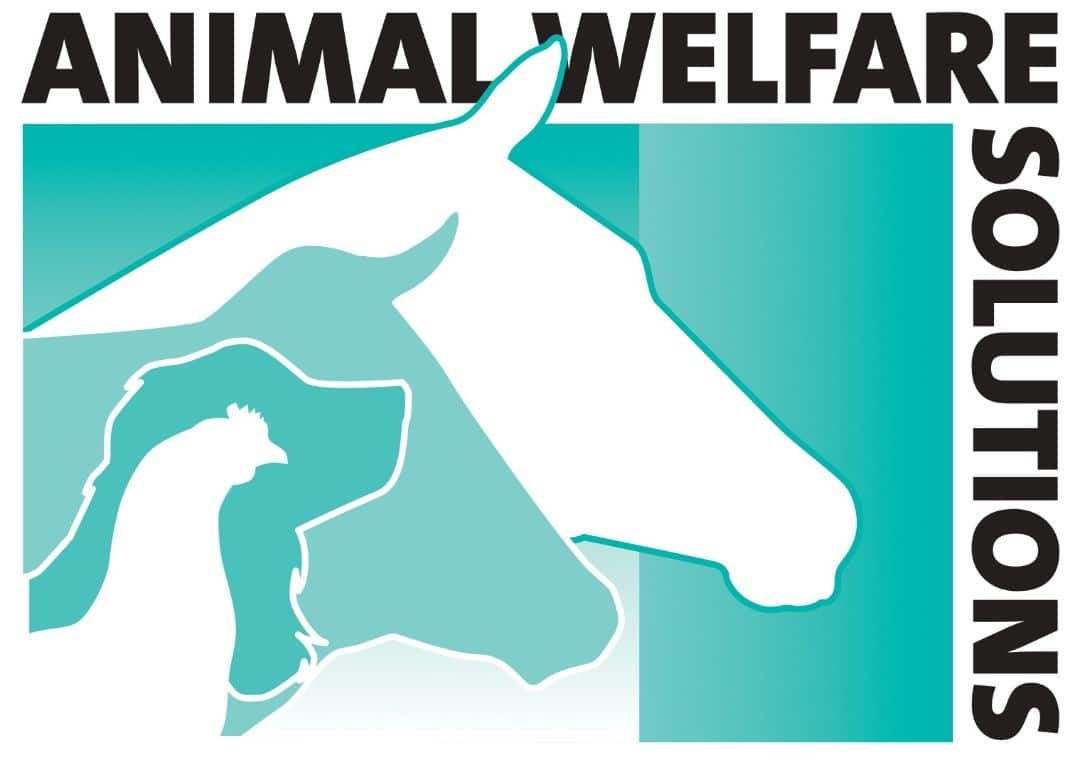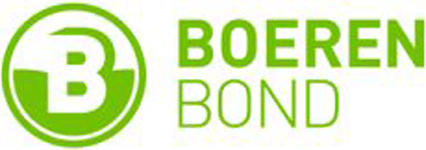The implementation of the nitrogen decree ensures that huge ammonia emission reductions will have to be realised in the agricultural sector in general and in pig farming in particular. A number of technological (AEA systems) and source-oriented (PAS measures) measures have already been developed in the past.
However, in order to achieve the required emission reductions, there is an urgent need for source-oriented measures on the one hand and technological measures on the other. In early 2024, the Air Emissions Administration Team announced the conditions that future research must meet in order for new measures to be recognised. These conditions are very demanding which means that it will be very difficult and expensive to conduct research into new techniques.
Moreover, there is no research infrastructure available in pig farming today that meets the set conditions. Nevertheless, to give research every opportunity, it is necessary to make such research infrastructure available. Therefore, the objective of this project is to equip the fattening pig house of the Research and Training Centre for Agriculture (PVL) with an ammonia emission measurement system.
Specifically, in collaboration with Animal Welfare Solutions (AWS), a sensor-based measurement system will be developed to be used as research technology. This technology will be installed in a minimum of two fattening pig sections of the pilot farm. Then, in cooperation with Arvesta, a research project to test a feed additive will also be set up immediately. In doing so, this project should also take the first step towards official recognition as a PAS measure under the new procedure.
Concrete goals
The main objective is supported by a number of secondary objectives:
- Development of a monitoring station equipped with different types of sensors to collect site-specific data. Different types of sensors in this case means both with a different focus e.g. ammonia, CO2, temperature, light, ... as different sensors with the same focus e.g. multiple types of ammonia sensors, multiple types of CO2-sensors, ... In this way, the impact of barn climate on the reliability and longevity of the sensors can be determined
- Development of analysis software that can collate but also analyse the recorded data. Sensors, because of their continuous recording, generate huge amounts of data that will have to be collated and then analysed by software. This software package will be developed on PVL's behalf and will run on local servers.
- To put the developed measurement system into practice, several tests will be carried out with feed specialities such as fibre-degrading enzymes, butyrates, phytogenic components and combinations thereof. Within the project, only authorised products that do not yet have a recognised emission-reducing effect will be used.









